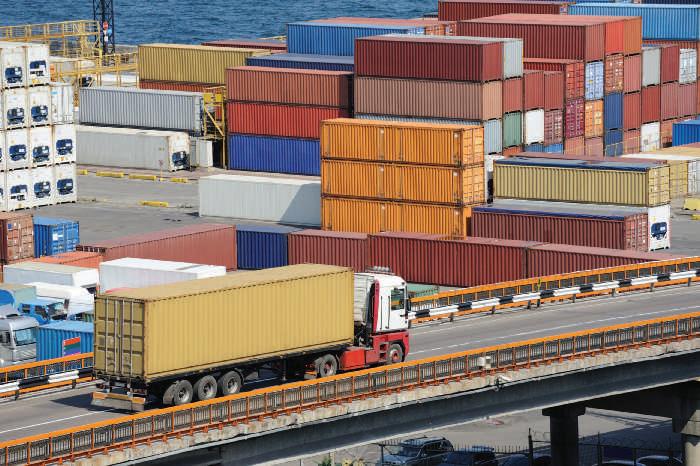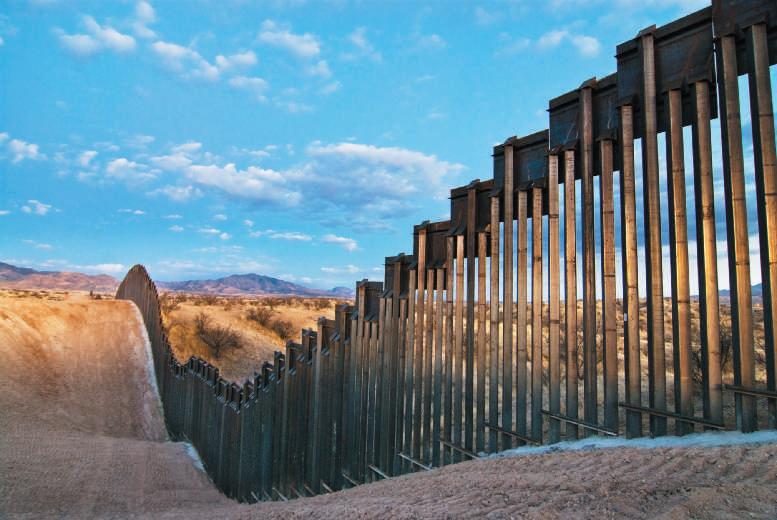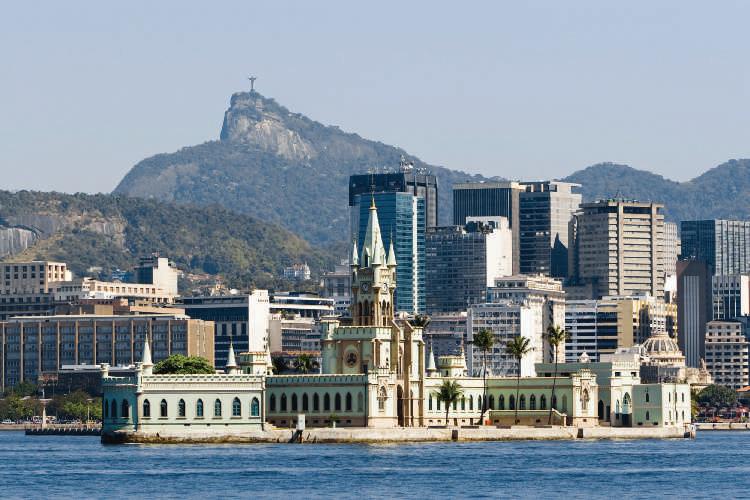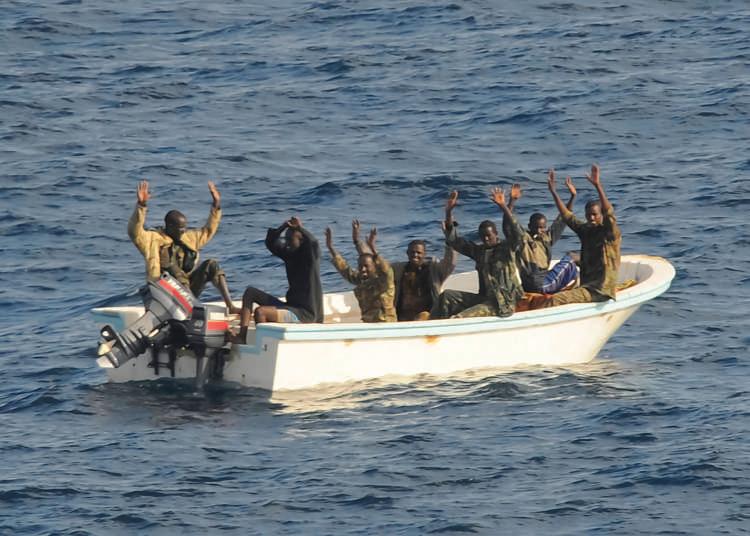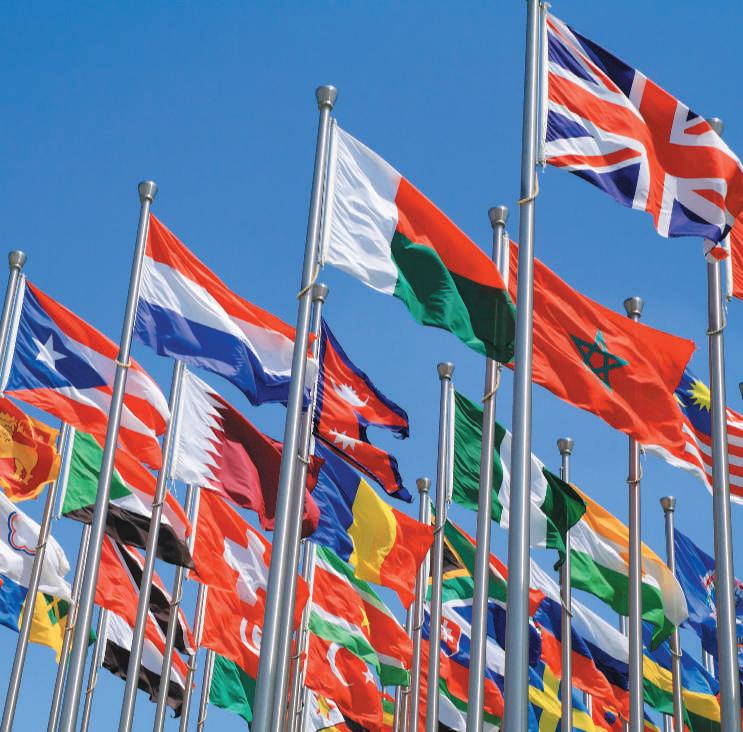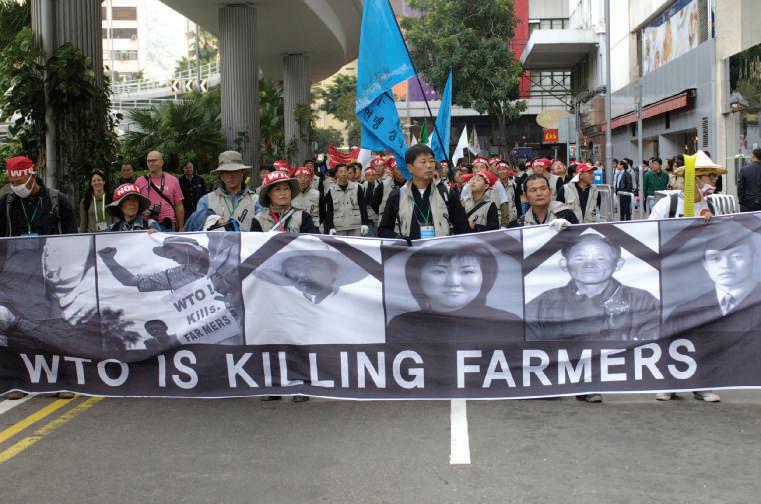P ol i t i cal R i s k s , E co n o m i c R i s k s , a n d C o r r u p t i o n
149
or at least mitigate such risks through careful planning and research. For example, considerable data and research exists regarding the stability of currencies throughout the world, and companies can take advantage of this research by primarily doing business in countries known to have stable currencies. Switzerland, for example, is widely viewed as one of the most economically stable countries in the world, in good part due to the very high degree of stability of its currency, the Swiss franc. Moreover, there are sophisticated financial hedging and other techniques that companies can, if they plan ahead, engage in to protect themselves with respect to currency risks. Similarly, the United Nations’ International Labor Organization and other agencies have considerable information about labor militancy throughout the world that businesses can use in their planning. The second final point is that economic risks are not independent of political risks, which are discussed below. Economic problems, such as hyperinflation, often lead to political unrest and related problems. Conversely, political changes such as a military junta’s overthrow of a democratically elected regime can quickly impact a country’s economic situation. Businesses engaging in enterprise overseas, or intending to do so, need to plan for both economic and political risks.
6-3b Political Risks Political risks are the risks that political forces or problems in a given country will have a meaningful negative impact upon the conduct of business in that country. Political risks can be both micro and macro in nature. A micropolitical risk is a political risk that only affects a certain industry or set of firms in a given country. For example, a country’s potential nationalization of companies in the oil industry would represent a micropolitical risk. A macropolitical risk is a political risk that essentially affects all businesses in a given country. For example, the potential overthrow of a democratically elected political regime by a military junta, as mentioned above, is likely a macropolitical risk, in that such a dramatic change in a nation’s political governance will likely affect all businesses and firms in that country. As noted earlier, the recent regime changes in the countries of Egypt
political risks
the risks that political forces or problems in a given country will have a meaningful negative impact upon the conduct of business in that country
PJF News/Alamy
micropolitical risk
Piracy has posed an increasingly serious threat to safety and the stability of international political relations.
a political risk that only affects a certain industry or set of firms in a given country
macropolitical risk
a political risk that essentially affects all businesses in a given country
Copyright 2017 Cengage Learning. All Rights Reserved. May not be copied, scanned, or duplicated, in whole or in part. Due to electronic rights, some third party content may be suppressed from the eBook and/or eChapter(s). Editorial review has deemed that any suppressed content does not materially affect the overall learning experience. Cengage Learning reserves the right to remove additional content at any time if subsequent rights restrictions require it.









